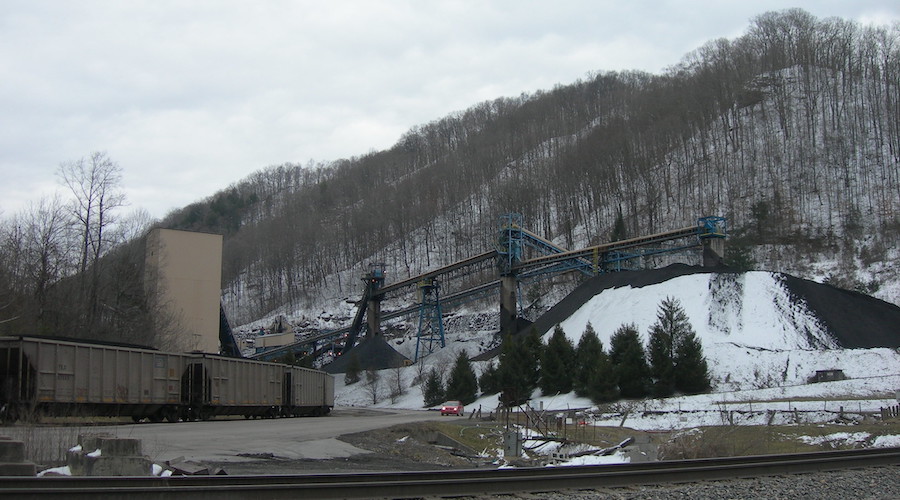
The research found that chronic and acute toxicity thresholds for aluminum, copper, lead and manganese, among other metals, as well as acidity levels in streams were exceeded thousands of times from 1985 to 2015 in areas of critical habitat and far removed from where the mines actually are.
The research found that chronic and acute toxicity thresholds for aluminum, copper, lead and manganese were exceeded thousands of times from 1985 to 2015 in areas of critical habitat
“Linear mixed models showed that levels of manganese, sulfate, sulfur, total dissolved solids, total suspended solids, and zinc increased by 6.73E+01 to 6.87E+05 μg/L and conductivity by 3.30E+06 μS /cm for one percent increase in the mined proportion of the area draining into a monitoring station,” the article reads. “The proportion of a drainage area that was mined also increased the likelihood that chronic thresholds for copper, lead, and zinc required to sustain aquatic life were exceeded.”
According to the authors, previous research had mistakenly considered that the impacts of mountaintop removal mining were contained to the immediate area around mines.
“We have been watching mountaintop removal mining expand across the Appalachian landscape for years using satellite imagery,” said Christian Thomas, coauthor of the paper and geospatial engineer with SkyTruth. “By combining our imagery with water-quality data, we have finally revealed how profoundly this activity harms sensitive aquatic species.”
Thomas’ coauthor, Mike Evans, who is a senior conservation data scientist at Defenders of Wildlife’s Center for Conservation Innovation, explained that Central Appalachia is a highly biodiverse region and the streams impacted by these mines contain many threatened and endangered species, including 39 mollusk species, 12 fish, as well as crustacean and snail species. The region includes parts of Kentucky, Tennessee, Virginia, and West Virginia where this mining often occurs.
“More than 50 federally protected species inhabit the streams of this region, and we haven’t historically known the full impact of these mines, until now,” Evans said. “This research expands the ability for state and federal agencies to make better decisions that directly affect vulnerable people and wildlife.”
In the scientists’ view, the results of this study and the same methods can now be used to improve protections for imperilled species and provide a more rigorous scientific standard for mine permitting practices going forward.




